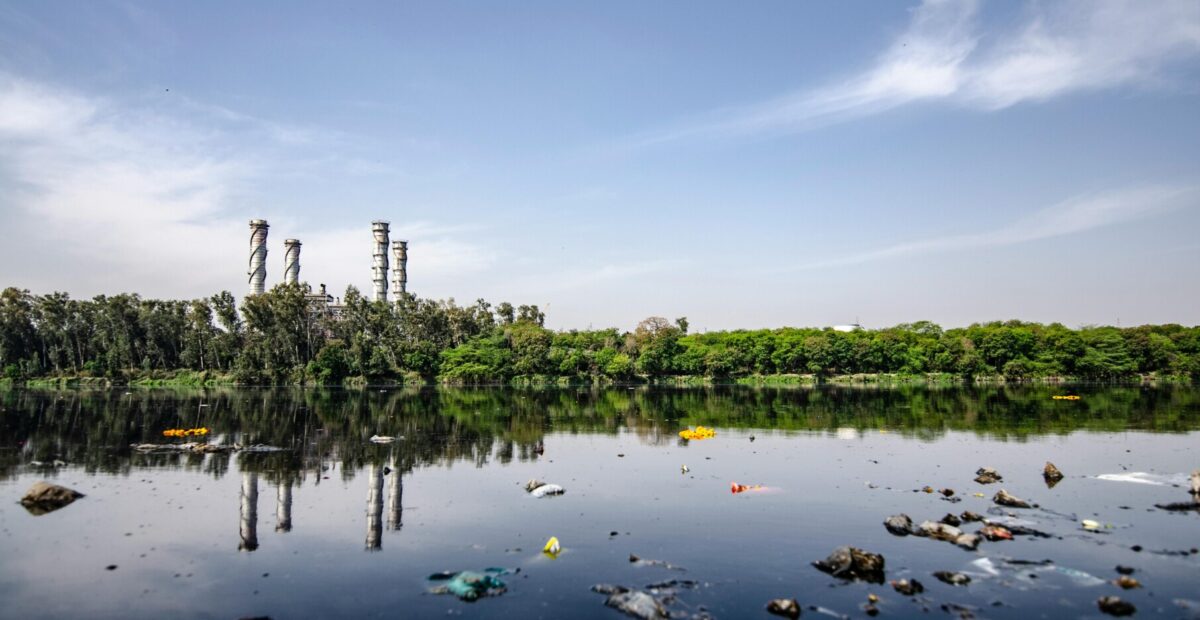
Workshop
The fight against plastic

By María Florencia Decarlini (Uruguay)*
What exactly is plastic? Where is it found, how is it produced, and where does it end up? It is essential to know about the cycle of plastic to understand the entity of a serious worldwide problem and to know what strategies we can use to tackle it.
The image of the marine turtle entangled in a plastic bag or that of the enormous 1.6 million km2 island of about 80,000 tons of plastic that does not stop growing in the Pacific Ocean are realities that affect and question us. As of today, an average of 8 million tons of plastic are dumped into the oceans each year, equivalent to dumping a garbage truck full of plastic per minute. If we do not invert the trend, in 2025, there will be tons of plastic for every 3 tons of fish, and in 2050 there will be more plastic than fish in our oceans.
We need to intervene urgently. But to be able to fight, we must know our enemy, know where it is found, and know which strategy for our fight we have at hand.
What is it that we call plastic?
The word plastic derives from a Greek term that means to shape. In fact, the plastic material has the characteristics of great malleability and the ability to change shape permanently, which is why it is particularly valued in the industry.
The primary material comes from materials such as cellulose, coal, natural gas, and specifically oil. Starting from the nafta (4% fraction of the crude oil), propylene, ethylene, and butylene, with which polymers are created through a chemical reaction called polymerization, are obtained.
There are three types of plastic. Thermoplastics are the most used as, by applying heat, they can easily be molded according to the shape desired that is maintained once it is cooled down: This is the case of bags, bottles, food containers, packaging protection, tubes, and boxes. Then there are thermoset plastics, whose molecules are organized in a more complex way and can be shaped only once. They are used to make electricity wires, switches, swimming pools, and boats. Lastly, there are the elastomers whose main property is elasticity, for which once force is not applied to them anymore, they return to their original form. These are used to produce tires, garden pipes, diving suits, foam rubber, prostheses, and probes.
A standard code consisting of seven categories has been developed to facilitate the identification and classification of recyclable plastic. The code is placed on the bottom of containers and consists of three arrows that form a triangle with rounded angles. Within each triangle is a number that identifies the type of plastic. Number 1 is PET, which is the easiest plastic to recycle (these are often beverage containers), while number 7 indicates non-recyclable plastics. Theoretically even though the first six categories are all recyclable in our country, only types 1, 2, and 4 are recycled as we do not have the technology to recycle the others. If instead we consider the additives and stability of each type, we can say that types 2, 4, and 5 plastic products are safer for our health.
Plastic is mainly used for packaging, followed by other productive sectors such as construction, transportation, and the textile industry. The packaging sector produces the highest quantity of plastic waste (46%), followed by the textile industry (15%), common goods (12%), transportation (6%), construction materials (4%), and the electrical sector (4%).
40% of all plastic packaging thrown out ends up in landfills, where it takes about 1000 years to decompose, releasing toxic substances into the soil and water. 32% is dispersed in the environment, 4% is incinerated, and only 10% is effectively recycled.
Where is plastic found?
We can affirm that plastic is omnipresent in our everyday lives, not only in a visible form (macroplastics) but also in the form of microplastics that contaminate the air, soil, and water.
In landfills, macroplastics fragment and degrade, transforming into microplastics that flow into the waste spill from industrial and urban areas, in addition to plastic fragments released from in-use materials such as fishing nets, tires, and paint. Among the main sources of microplastic are cosmetics and products for personal hygiene, along with the synthetic fibers of fabrics.
Today, microplastics are everywhere on our planet, from the oceans to the rivers, from the sediments to the soil, from the air to the living organisms, as well as in some food resources and in remote areas of the earth such as the Arctic and mountain glaciers. They themselves are inert but become toxic as, during the production procedure or the deposit in the seas, they absorb many substances and toxins that alter the health and reproduction of organisms. In the oceans, then, they can be ingested by marine animals and reach humans through the food chain.
Most of the microplastics that are found in the air of closed spaces originate from the fibers of the plastic released by synthetic clothing and from fabrics used at home (acrylic, nylon, and polyester represent about 60% of the global textile industry). When these are washed, they release fibers that end up in the wastewater. Each year, the use of wastewater for irrigation results in thousands of tons of microplastic in our cultivations.
Which possible strategies do we have at hand?
The problem is not plastic, but its use. Imagining our future without this material is neither possible nor sustainable. We must see plastic waste as a precious resource. New technologies are being developed, for example, chemical recycling, complementary to mechanical recycling. There are projects centered around eco-design to produce biodegradable plastic. We are on the correct road, but we must accelerate to reach the medium and long-term circularity objectives. Circular economy is a fundamental part of the solution, as most of the plastic pollution can be avoided.
From an industrial perspective, there are four strategic goals: 1) To eliminate and substitute problematic and non-necessary plastic objects, including dangerous additives; 2) To guarantee that the plastic products are designed to be circular, thus, in the first instance, reusable, recyclable, and compostable after multiple uses at the end of its shelf life. 3) To close the plastic cycle in the economy by guaranteeing that they circulate, are reused, recycled, or composted; 4) To manage plastics that cannot be reused or recycled, including existing waste, in an environmentally responsible way.
As a society, we must not renounce on the work of educating and raising awareness among all about the better management of waste materials and teaching them to reduce, reuse, and recycle. We can organize days to clean the areas from macroplastics and choose products that certify adequate production and recycling conditions.
We must change our habits, starting in our personal sphere, by eliminating the use of non-necessary plastic, choosing biodegradable products, and better managing our waste in a way that it can be really recycled.
Macroplastics: Any plastic product easily visible, generally over 5 millimeters in diameter.
Microplastics: Particles smaller than 5 mm in diameter
The primary microplastics are produced to carry out a specific function (for example, the abrasive cleaning beads in cosmetics).
The secondary microplastics result from the wear and tear or fragmentation of larger objects, either during their use or after their release into the environment.
*The author is a Ph.D. in biochemistry and a researcher in green chemistry.
Source:






